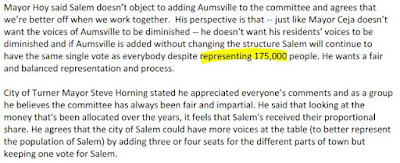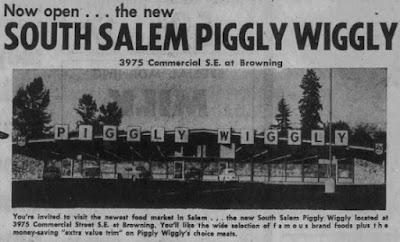It was good to see on the front page yesterday a big headline, "Heat records alarm scientists."
 |
| Front page yesterday |
It was a national USA Today story about ways current temperatures, both land and ocean, are not just meeting but exceeding those in climate change models.
But so many of our local stories are also climate stories, and the paper could do much more on making connections. There's a misalignment in tone and detail on climate between national stories and our local stories. For more examples of disconnects between climate and local news see:
- On the airport, "Disconnecting the Dots Still on Climate"
- On methane infrastructure and use, "Siloed Discourses on Fossil Fuel"
- On our wildfires and ski resorts, "Stories on Fire and Snow omit Essential Climate Context"
- And on Cherry blossoms, "Cherry Blossoms Arrive on Schedule this Year - But What's a Schedule Now?"
 |
| March 15th, 1924 |
100 years ago the afternoon paper showed a drawing for the house we now know as Mahonia Hall. I am a little puzzled by the use of "pretentious"! On the one hand, the house was bigger and fancier than anything in Salem at that time, and it would be reasonable to call it pretentious. On the other hand, the caption is sincere and positive, even flattering, and lacks negative connotations suggested by "pretentiousness." So it's hard to say how the house was received and understood by Salemites.
 |
| Lack of east-west connections |
The City's announced street closure and detours for the first phase of the McGilchrist project at the intersection at 22nd.
Among other things, the detour map shows the lack of east-west connectivity between Hines/Mission on the north and Madrona on the south (compounded by the railroad and airport, of course). The industrial development really degraded any street grid. The City recently vacated a small segment of Cross Street, which by itself is not very meaningful, but in the context of the whole area, the City should be cautious about further disconnection and vacation.

































